Discover Christmas Trees (Grades K-2)
Students explore the history of the Christmas tree, explain the life cycle of a conifer, identify types of trees and how they adapt, discover what it's like to work on a Christmas tree farm, and examine the ecology of conifer trees.
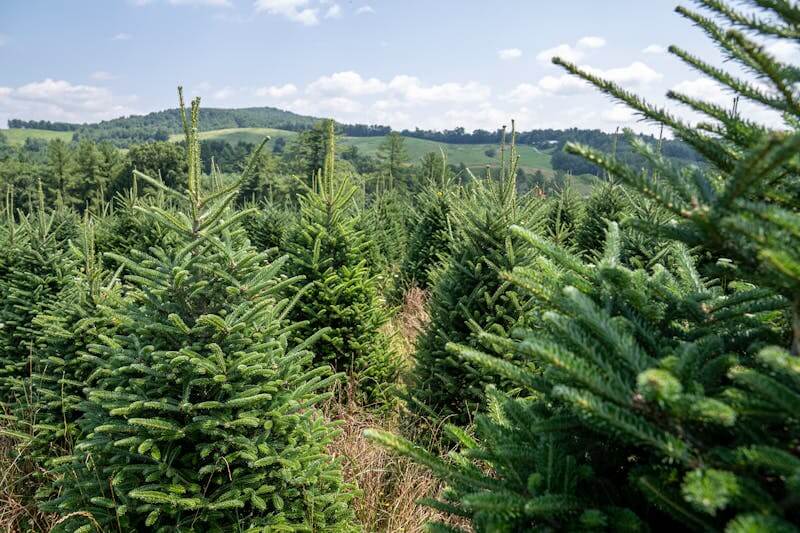
Background
Lesson Activities
Recommended Companion Resources
Credits
Author
Christmas Tree Farmers Association of New York
Standards
Indiana Content Area Standards
-
English Language Arts.Kindergarten.RN.1
Actively engage in group reading activities with purpose and understanding.
- Key Ideas and Textual Support.K.RN.2.1: With support, ask and answer questions about important elements of a text (e.g., events, topics, concepts). Further guidance for support will be provided in the Literacy Framework.
-
English Language Arts.Kindergarten.SL.1
Listen actively and communicate effectively with a variety of audiences and for different purposes.
- Comprehension.K.SL.3.1: Ask and answer questions about key details in a text read aloud or information presented orally or through other media.
- Discussion and Collaboration.K.SL.2.1: Participate in collaborative conversations about grade-appropriate topics and texts with peers and adults in small and larger groups.
-
Social Studies. Kindergarten: Geography: Standard 3
Students understand that maps and globes are different representations of the Earths surface and begin to explore the physical and human geographic characteristics of their school, neighborhood, and community.
- K.3.6 Human Systems: Identify and compare similarities and differences in families, classmates, neighbors and neighborhoods, and ethnic and cultural groups.
-
English Language Arts.Grade 1.RN.1
With support, read and comprehend nonfiction that is grade-level appropriate.
- Key Ideas and Textual Support.1.RN.2.1: Ask and answer questions about key details to clarify and confirm understanding of a text.
-
Social Studies. Grade 1: Geography: Standard 3
Students identify the basic elements of maps and globes and explain basic facts concerning the relationship of the sun to daily and seasonal weather. They identify selected geographic characteristics of their home, school, and neighborhood.
- 1.3.8 Human Systems: Compare cultural similarities and differences of various ethnic and cultural groups found in Indiana such as family traditions and customs, and traditional clothing and food.
-
English Language Arts.Grade 1.SL.1
Listen actively and adjust the use of spoken language (e.g., vocabulary) to communicate effectively with a variety of audiences and for different purposes.
- Comprehension.1.SL.3.1: Ask and answer questions about what a speaker says to clarify something that is not understood.
- Discussion and Collaboration.1.SL.2.1: Participate in collaborative conversations about grade-appropriate topics and texts with peers and adults in small and larger groups.
-
English Language Arts. Grade 2.RN.1
Read and comprehend a variety of nonfiction within a range of complexity appropriate for grades 2-3. By the end of grade 2, students interact with texts proficiently and independently at the low end of the range and with scaffolding as needed at the high end.
- Key Ideas and Textual Support.2.RN.2.1: Ask and answer questions about the main idea and supporting facts and details in a text to confirm understanding.
-
English Language Arts.Grade 2.SL.1
Listen actively and adjust the use of spoken language (e.g., conventions, vocabulary) to communicate effectively with a variety of audiences and for different purposes.
- Comprehension.2.SL.3.1: Determine the purpose for listening (e.g., to obtain information, to enjoy humor) and paraphrase or describe key ideas or details from a text read aloud or information presented orally or through other media.
- Discussion and Collaboration.2.SL.2.1: Participate in collaborative conversations about grade-appropriate topics and texts with peers and adults in small and larger groups.
-
Social Studies. Grade 1: History: Standard 1
Students identify continuity and change in the different environments around them, including school and neighborhood communities, and identify individuals, events, and symbols that are important to our country.
- 1.1.1: Historical Context: Identify continuity and change between past and present in community life using primary sources.
-
Social Studies. Grade 2: History: Standard 1
Students differentiate between events that happened in the past and recently, recognize examples of continuity and change in local and regional communities, and consider ways that people and events of the past and present influence their lives.
- 2.1.2 Historical Knowledge: Identify continuity and change between past and present community life using primary sources.
-
Social Studies. Kindergarten: History: Standard 1
Students examine the connections of their own environment with the past. They begin to distinguish between events and people of the past and the present, and use a sense of time in classroom planning and participation.
- K.1.1 Historical Knowledge: Compare children and families of today with those from the past.
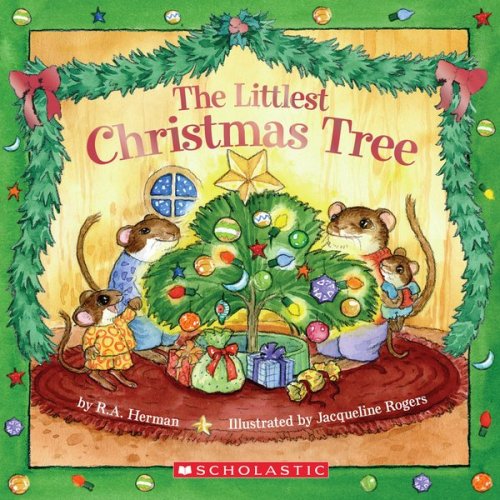
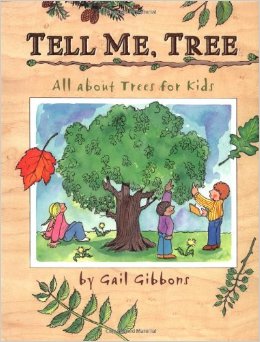 Read Tell Me, Tree, by Gail Gibbons, to your students. This picture book offers an excellent introduction to trees—their parts (buds, bark, seeds, leaves, fruit), functions (how they grow, photosynthesis), characteristics of conifers and deciduous trees, and more.
Read Tell Me, Tree, by Gail Gibbons, to your students. This picture book offers an excellent introduction to trees—their parts (buds, bark, seeds, leaves, fruit), functions (how they grow, photosynthesis), characteristics of conifers and deciduous trees, and more.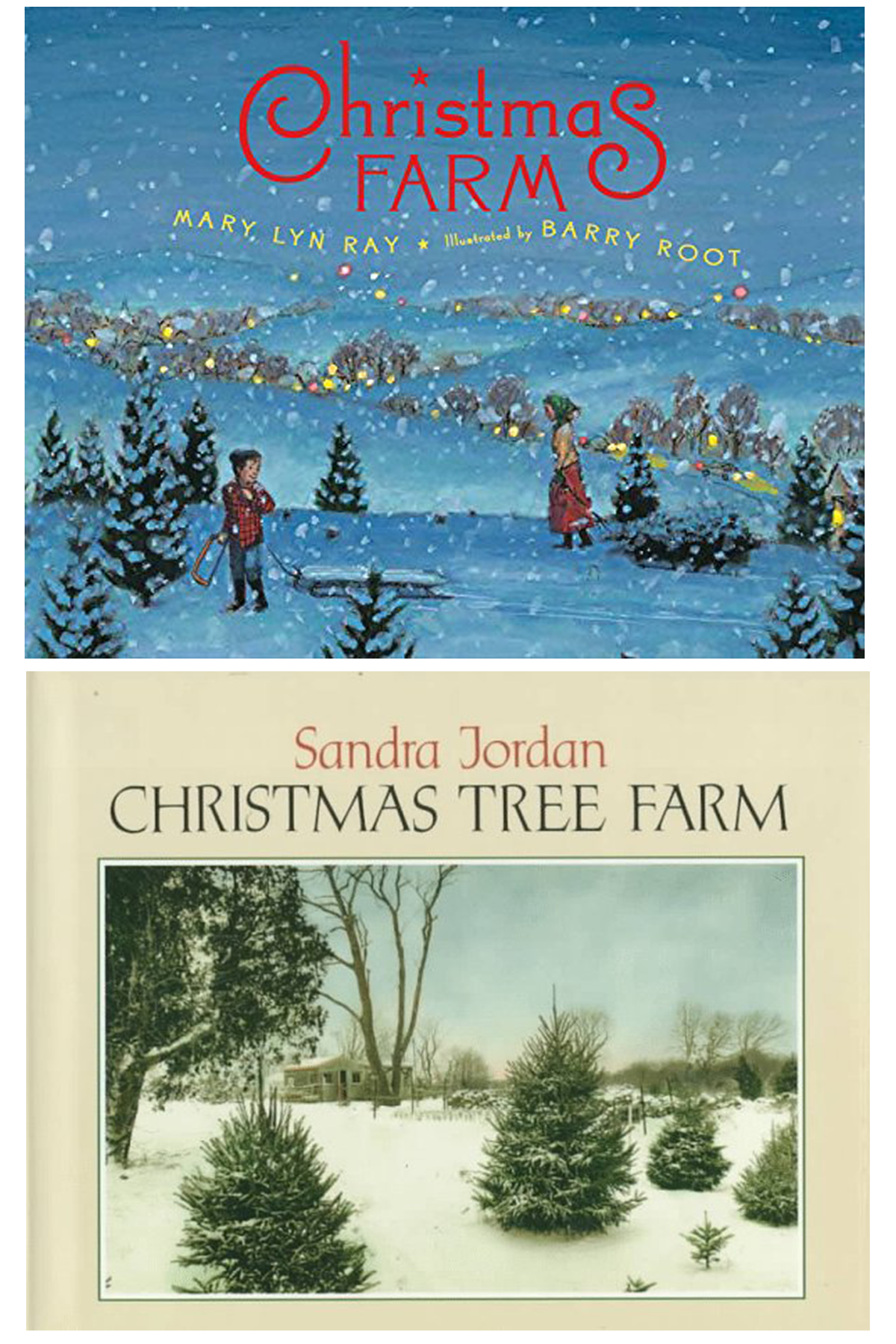 Introduce your students to the year-round work involved in raising Christmas trees by reading them two great picture books:
Introduce your students to the year-round work involved in raising Christmas trees by reading them two great picture books:
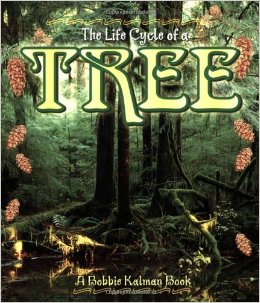 Read The Life Cycle of a Tree by Bobbie Kalman to your students. This engaging book describes and illustrates how a tree evolves from seed to seedling to tree to humus, including such processes as pollination, how trees grow, and so on.
Read The Life Cycle of a Tree by Bobbie Kalman to your students. This engaging book describes and illustrates how a tree evolves from seed to seedling to tree to humus, including such processes as pollination, how trees grow, and so on.